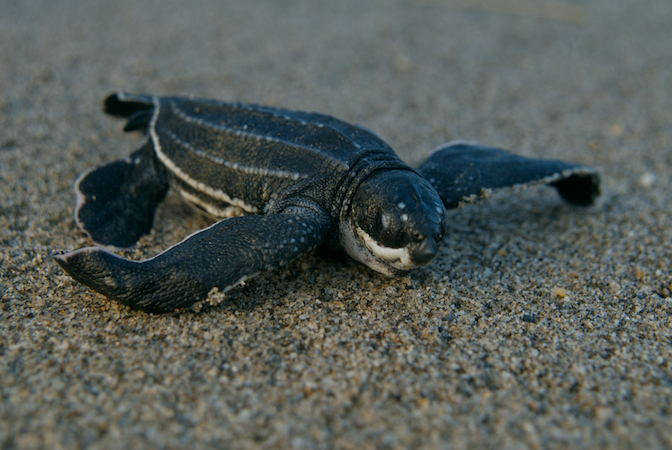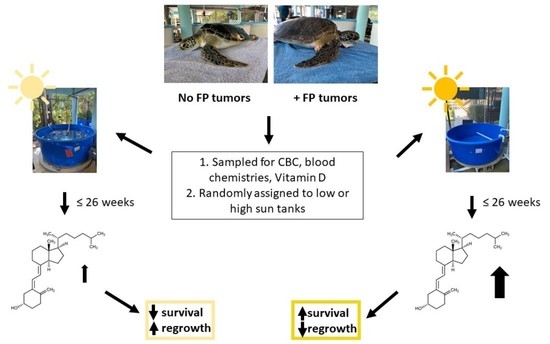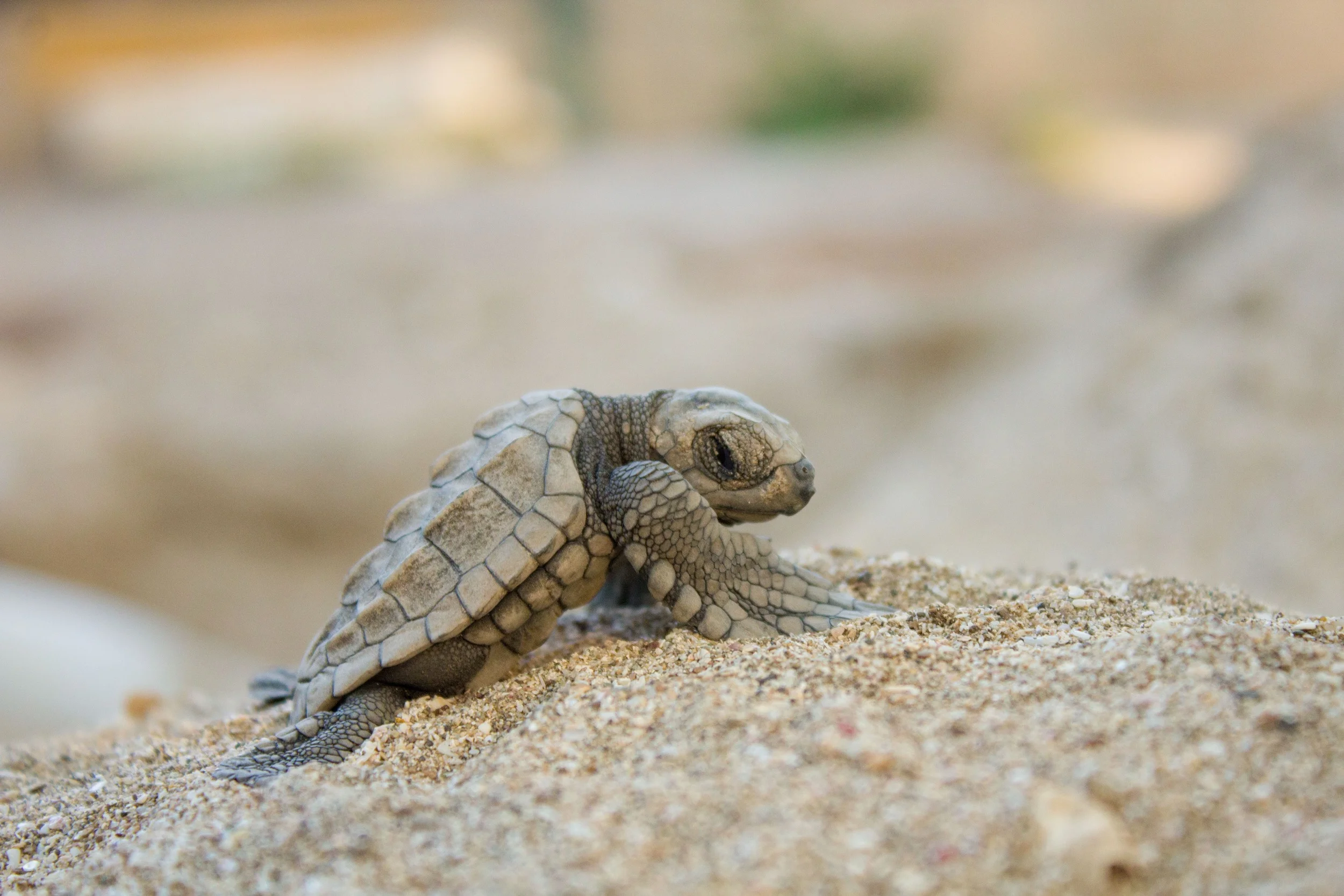Imagine if there was a way to ensure that baby turtles grow and develop naturally, just as they would in the wild. Well, with the revolutionary product, “The Role of Temperature and Light Cycles in Promoting Natural Growth in Baby Turtles,” that dream has become a reality. This groundbreaking solution takes into account the crucial role that temperature and light cycles play in the growth and development of these adorable creatures. Say goodbye to artificial environments and say hello to a new era of natural turtle growth.
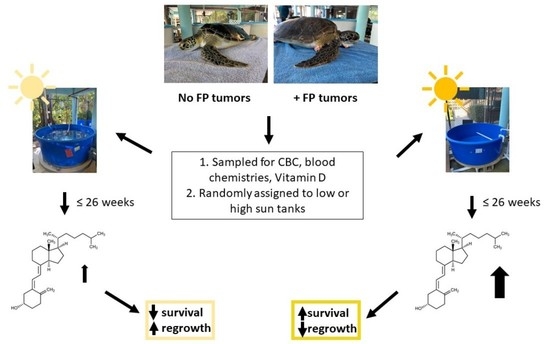
Importance of Temperature in Baby Turtle Growth
Temperature plays a crucial role in the growth and development of baby turtles. The optimal temperature range for their growth is essential to ensure their overall health and well-being. Temperature controls various physiological and metabolic processes in these young reptiles, affecting their metabolism and growth rates.
Optimal Temperature Range for Baby Turtles
The optimal temperature range for baby turtles varies between species, but generally falls between 80 to 90 degrees Fahrenheit. At these temperatures, their bodies can function optimally, promoting proper digestion, nutrient absorption, and energy utilization. It is vital to maintain this temperature range consistently to ensure healthy growth and development.
Effects of Temperature on Metabolism and Growth
Temperature has a direct impact on the metabolic rate and growth of baby turtles. Higher temperatures accelerate their metabolic processes, promoting faster growth. Conversely, lower temperatures can slow down their metabolic rate, resulting in reduced growth rates. It demonstrates the critical role temperature plays in determining the growth trajectory of these young reptiles.
Role of Light Cycles in Baby Turtle Growth
Light cycles are another essential factor in promoting the natural growth of baby turtles. These cycles mimic the day and night patterns in their natural habitats and influence various aspects of their development, including behavior, feeding, and overall growth.
Natural Light Cycles in the Wild
In the wild, baby turtles experience natural light cycles determined by the earth’s rotation and the position of the sun. This natural rhythm provides them with important cues for feeding, activity, and rest. The exposure to natural light cycles allows them to develop their internal biological clocks, enabling them to regulate their behavior and metabolism effectively.
Impact of Light Cycles on Baby Turtle Development
Proper exposure to light cycles is crucial for the healthy growth and development of baby turtles. The regular alternation between light and darkness helps regulate their circadian rhythms, hormonal balance, and overall physiological processes. It also influences their feeding patterns, ensuring they receive adequate nutrition for their growth requirements.
Thermoregulation in Baby Turtles
In addition to external factors like temperature, baby turtles possess an innate ability to thermoregulate their body temperatures. Being ectothermic animals, they rely on external heat sources to regulate their body temperature, which impacts their growth and overall health.
Ability of Baby Turtles to Regulate Body Temperature
Baby turtles exhibit thermoregulation through various behaviors. They can bask in the sun to raise their body temperature or seek shade or cooler areas to lower it. By moving between different thermal zones, they regulate their body temperature within the desired range, ensuring optimal metabolic functions for growth.
Importance of Thermoregulation for Growth
Thermoregulation is vital for baby turtles as it directly impacts their metabolic rate, digestion, and nutrient utilization. Maintaining a suitable body temperature aids in proper enzyme activity, allowing efficient digestion and absorption of nutrients. This, in turn, supports healthy growth and development of their muscles, organs, and overall body structure.
Heat Sources for Baby Turtles
Both natural and artificial heat sources play a crucial role in providing the necessary warmth for baby turtles to thrive. Understanding these heat sources and replicating them in captive settings is essential for their development.
Natural Heat Sources in the Wild
In their natural habitats, baby turtles rely on the sun, warm sand, and warm water bodies as their heat sources. They bask under the sunlight, absorbing its warmth, and utilize warm sand for nesting and regulating their body temperature. These natural heat sources provide the necessary warmth for their metabolic processes and overall growth.
Artificial Heat Sources for Captive Baby Turtles
In captive settings, providing artificial heat sources is crucial to mimic the natural conditions that support baby turtle growth. This may include heat lamps, heat pads, or under-tank heaters. These artificial heat sources should be carefully monitored and adjusted to maintain the appropriate temperature range required for their growth and development.
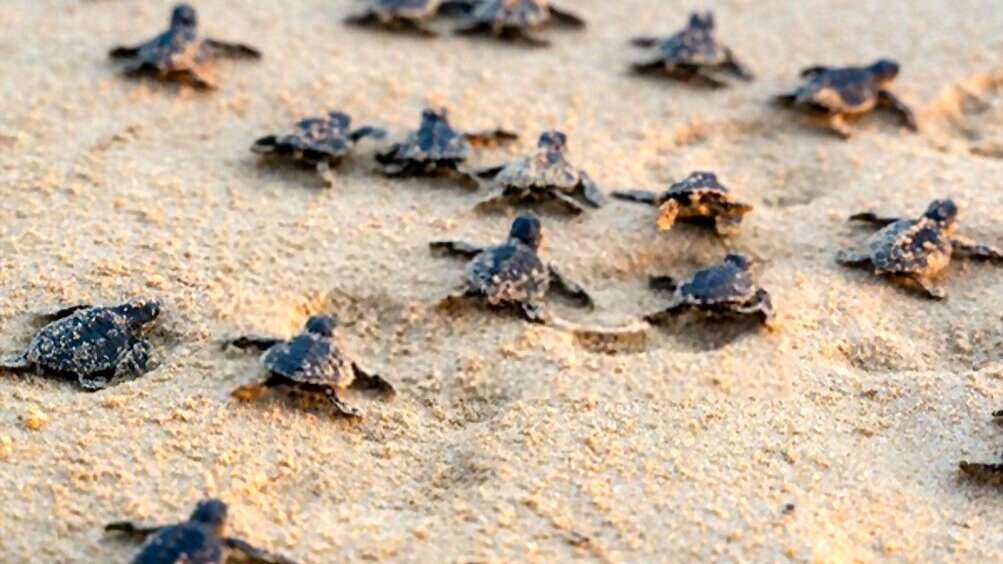
The Role of Temperature in Hatchling Sex Determination
Temperature plays a fascinating role in determining the sex of baby turtles. Certain species exhibit temperature-dependent sex determination (TSD), where the incubation temperature decides whether the hatchling will be male or female.
Temperature-Dependent Sex Determination (TSD)
With TSD, specific temperature ranges during the incubation period determine the sex of baby turtles. For example, high incubation temperatures tend to produce female hatchlings, while lower temperatures favor the development of males. This phenomenon adds an intriguing aspect to the role of temperature in the growth and reproductive biology of baby turtles.
Understanding Factors Influencing TSD
The precise mechanisms behind TSD are still being studied, but it involves genetic and environmental factors. The duration and specific temperature ranges experienced during critical periods of incubation influence the expression of sex-specific genes in developing embryos. Understanding these factors can greatly contribute to effective conservation and management strategies for baby turtles.
Seasonal Effects on Baby Turtle Growth
Seasonal changes in temperature and light have significant effects on the growth patterns and behavior of baby turtles. These environmental factors influence their overall development and impact their survival in the wild.
Influence of Seasonal Changes in Temperature
Seasonal changes in temperature affect the growth rates of baby turtles. Warmer temperatures during the summer months accelerate their metabolism, leading to increased growth rates. In contrast, colder temperatures during winter or hibernation periods slow down their metabolic processes, resulting in reduced growth rates. These fluctuations highlight the importance of temperature in their growth and development.
Impact of Seasonal Light Variation
Seasonal variations in light intensity and duration also influence baby turtles’ growth. Reduced daylight hours during winter can disrupt their feeding patterns and overall activity levels, potentially leading to reduced growth rates. Conversely, longer daylight hours during summer can stimulate their metabolic rates and promote faster growth and development. Understanding these light variations is crucial for effective conservation efforts.
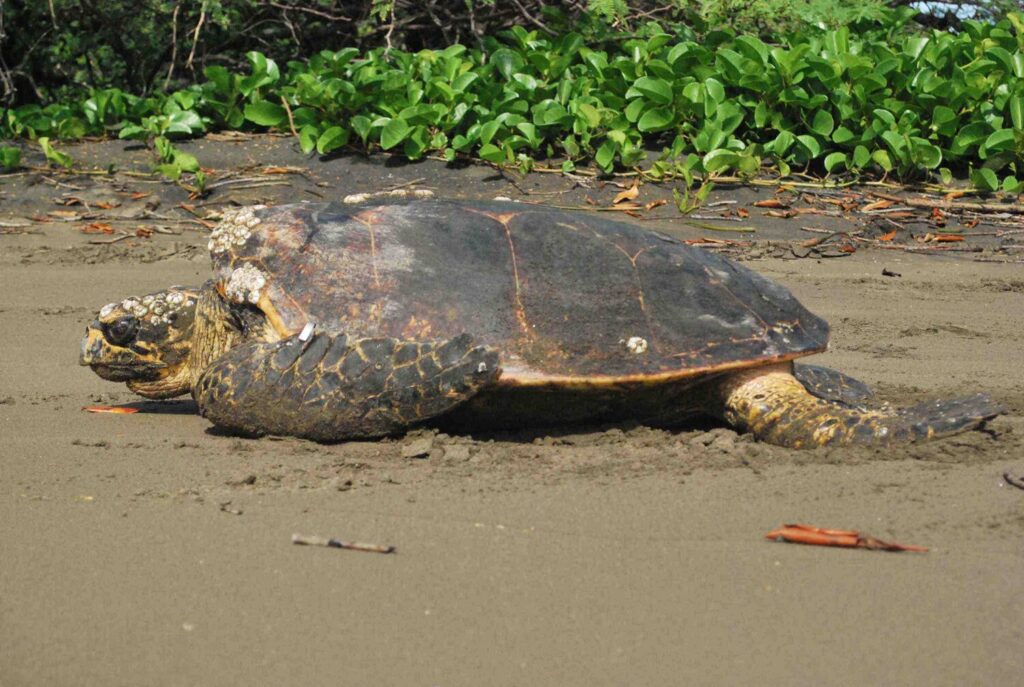
Environmental Factors: Implications for Captive Breeding
In captive breeding programs, controlling temperature and light cycles is crucial to replicate the natural conditions necessary for the optimal growth and development of baby turtles. Controlling environmental factors is essential to ensure their overall well-being in captivity.
Importance of Controlling Temperature and Light Cycles in Captive Settings
In captivity, maintaining the appropriate temperature range and light cycles is crucial to mimic the optimal conditions found in the wild. An accurately regulated environment promotes healthier growth patterns, better weight gain, and overall well-being for baby turtles. It also reduces the risk of abnormalities and developmental issues that can hinder their survival.
Mimicking Natural Conditions for Optimal Growth
Captive breeding programs strive to replicate the temperature and light cycles that baby turtles experience in their natural habitats. This involves carefully monitoring and adjusting the environmental conditions, including temperature, humidity, and lighting, to create an environment conducive to their growth and development. By mimicking these natural conditions, captive-bred turtles have a higher chance of thriving and successfully adapting to the wild.
The Role of Temperature and Light in Shell Development
Temperature and light exposure significantly influence the development and structure of baby turtles’ shells. Proper temperature and light conditions are crucial for ensuring healthy shell growth.
Influence of Temperature on Shell Structure
Temperature plays a key role in shell development, as it affects the growth rate and mineralization of the shell. The optimal temperature range allows baby turtles to grow their shells at a steady rate, ensuring they develop a strong and resilient structure. Significant deviations from the optimal temperature range can lead to abnormalities, such as soft or deformed shells.
Impact of Light Exposure on Shell Growth
Light exposure is also essential for shell growth in baby turtles. Ultraviolet (UV) light, specifically UVB radiation, is necessary for the synthesis of vitamin D and calcium absorption, which are crucial for shell development. Adequate exposure to natural or artificial UV light sources ensures proper mineralization and growth of their shells, contributing to their overall health and well-being.
Environmental Conservation Efforts for Baby Turtles
Conservation efforts for baby turtles have become increasingly important due to the threats they face in their natural habitats. Protecting their nesting sites and maintaining optimal environmental conditions are crucial to ensure their survival.
Protecting Natural Nesting Sites from Artificial Lighting
Artificial lighting poses a significant threat to baby turtles, especially during the nesting season. The bright lights can disorient hatchlings, leading them away from the ocean and towards potentially dangerous areas. Efforts to shield natural nesting sites from artificial lighting and redirect hatchlings towards the sea are essential to increase their chances of survival.
Preserving Optimal Temperature Ranges in Nesting Habitats
Preserving optimal temperature ranges in nesting habitats is critical for baby turtle growth and development. Human activities that cause extreme temperature changes or disrupt natural heat sources, such as sand erosion or beach development, can negatively impact their nesting sites. Conserving these habitats and maintaining stable temperatures are vital for the long-term survival of baby turtles.
Conclusion
Temperature and light cycles play pivotal roles in promoting the natural growth and development of baby turtles. The optimal temperature range ensures their metabolic processes function optimally, supporting their growth. Additionally, light cycles provide essential cues for their behavioral and physiological functions. Understanding and replicating these environmental factors in captive settings are crucial for effective conservation and preservation efforts. By prioritizing temperature and light conditions, we can contribute to the health, growth, and long-term survival of these remarkable reptiles.
